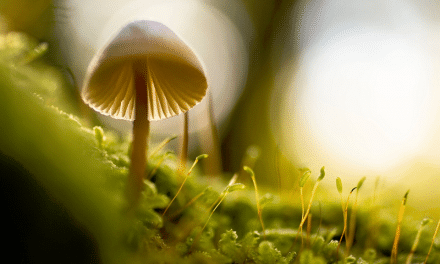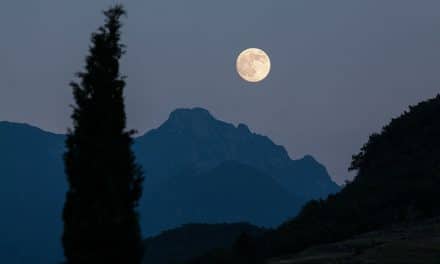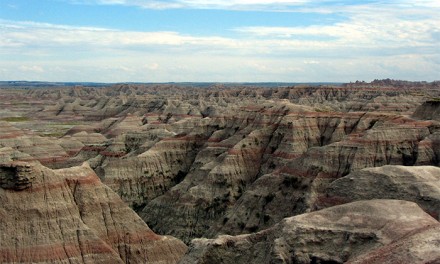When I first started in photography, I used an old film camera–autofocus wasn’t even an option. Then, like the rest of the world, I switched to a DSLR and it became much more common to use autofocus. At first, I was hesitant to give up manual focus even though, in many instances, autofocus could easily outperform my manual focusing abilities. (I’m a little stubborn, what can I say?)
Now, admittedly, I gave in a little. Okay, quite a lot. I use autofocus the majority of the time when I’m shooting. However, even though I don’t use manual focus all the time, I still use it some of the time because it’s just the better option.
Here are a few of those occasions and why I chose to go with manual focus to get the shot I wanted.
Foggy And Misty Conditions

The shot you see above was taken at a fairly high altitude on the slopes of Mauna Kea and, as you can see, the weather conditions were a bit foggy and misty. But for me, the fog and mist are an essential ingredient in this photo as they add atmosphere and mood.
While I would call atmospheric weather like this an ideal shooting situation, autofocus would strongly disagree. Autofocus has a hard time performing in these conditions because of a lack of contrast created by the fog. This is the perfect occasion to whip out the tripod, switch off autofocus, and go manual.
Focusing On The Foreground
There will be times when you want to focus on something in the foreground of your landscape and let the horizon fall off to bokeh. In the example photo above, the photographer wanted to focus on the plants in the foreground, which were probably casually swaying in the wind, sending the autofocus into a frenzy trying to figure out if it should be focusing on the background or the thin, whispy plants moving around in the foreground.
I have the AF-L (AutoFocus Lock) button on the back of my camera programmed to activate back button focusing, not lock the focus. So, at times like this, I find it easiest and quickest just to switch over to manual mode and grab the shot I’m looking for.
Night & Low Light Photography
As we touched on the mist and fog section, ideal autofocus shooting situations usually call for ample amounts of light. If there isn’t enough light present for your camera’s autofocus system to clearly “see” what you’re shooting, it’s going to have a really difficult time deciding where it needs to focus. Some DSLR’s have autofocus assist lamp, but there are times when it’s just not enough or is inappropriate to be using (such as with concert photography).
When I’m shooting milky way and star photography (like in the awesome photo by Olli Henze you see above), I want the stars to be sharp. To focus for these types of shots, I’ll turn off autofocus, switch on Live View mode on the back LCD screen, and use the screen magnifier to zoom the preview screen as close in on a star as a I can get it. Then manually adjust the focus until the star in my preview image is tack sharp.
→ Related reading: How to Photograph the Night Sky
Know Your Gear
Autofocus is awesome, but it has its limitations. Don’t worry, manual focus has your back. It’s your job as a photographer to get to know your gear. Take the time to learn everything your camera can do, and more importantly, what it can’t do–that way, you’ll always be ready in any situation!
Photo license links: CC0, CC BY-ND 2.0












